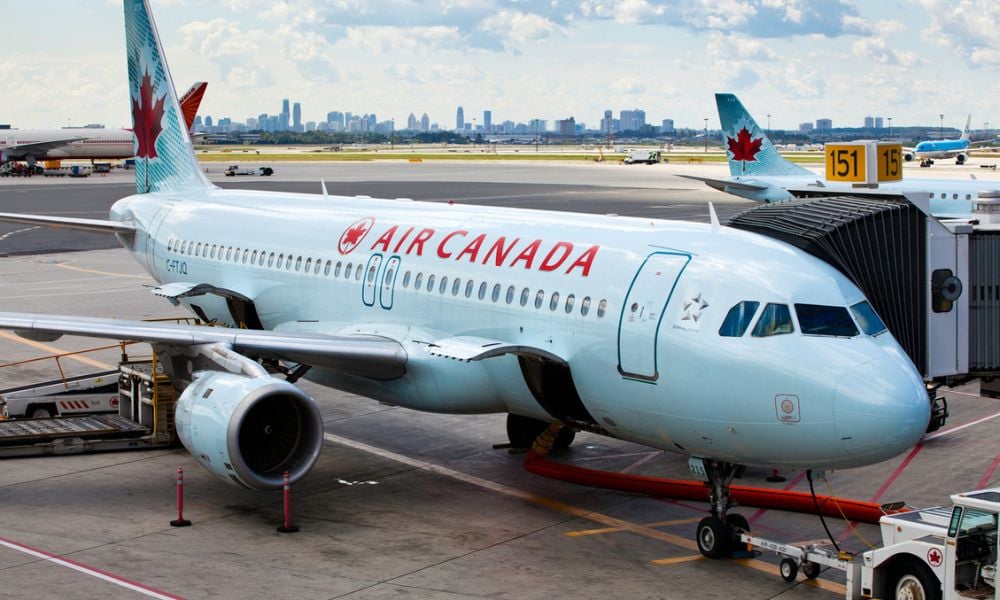Spate of suicides among profession highlights need for culture change
Advocacy groups for first responders are fighting for a variety of changes around mental health and post-traumatic stress disorder (PTSD) supports, following a number of recent suicides by emergency personnel.




